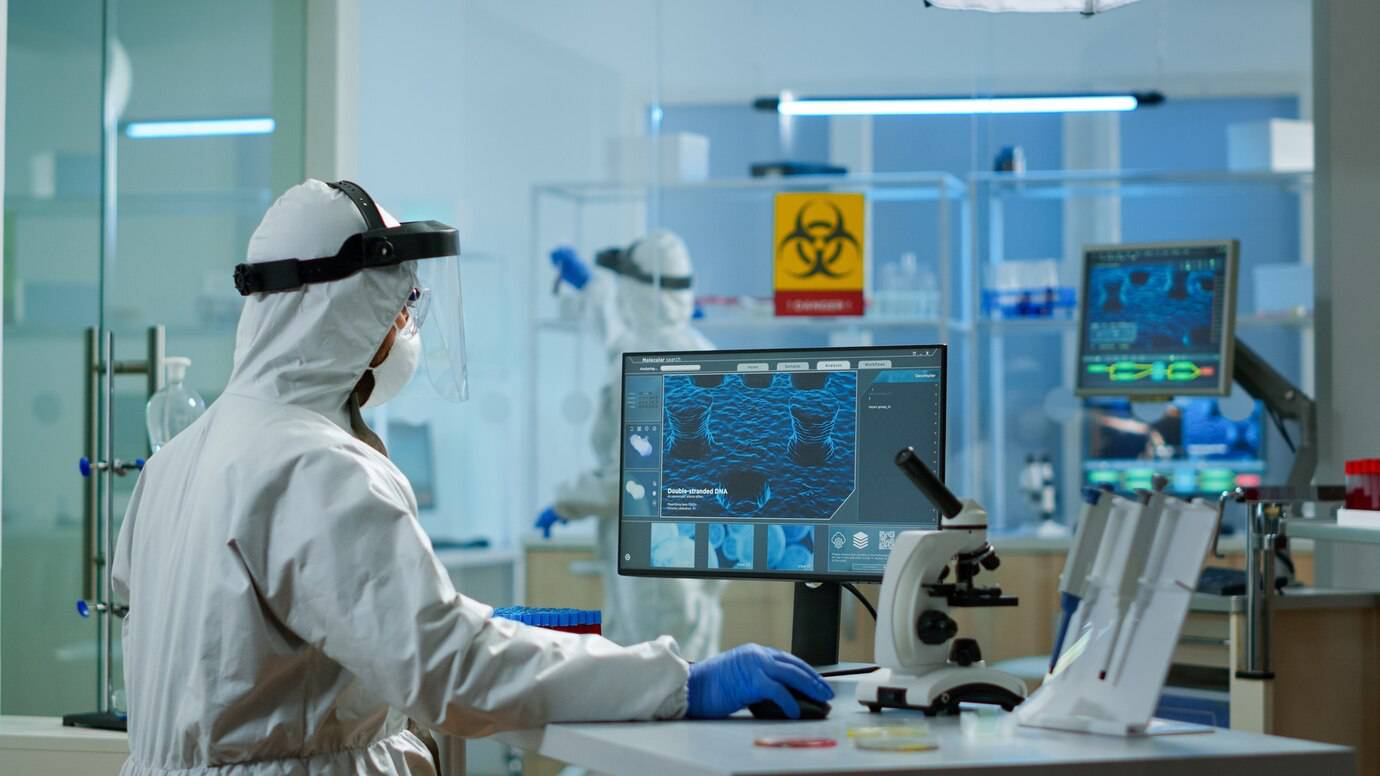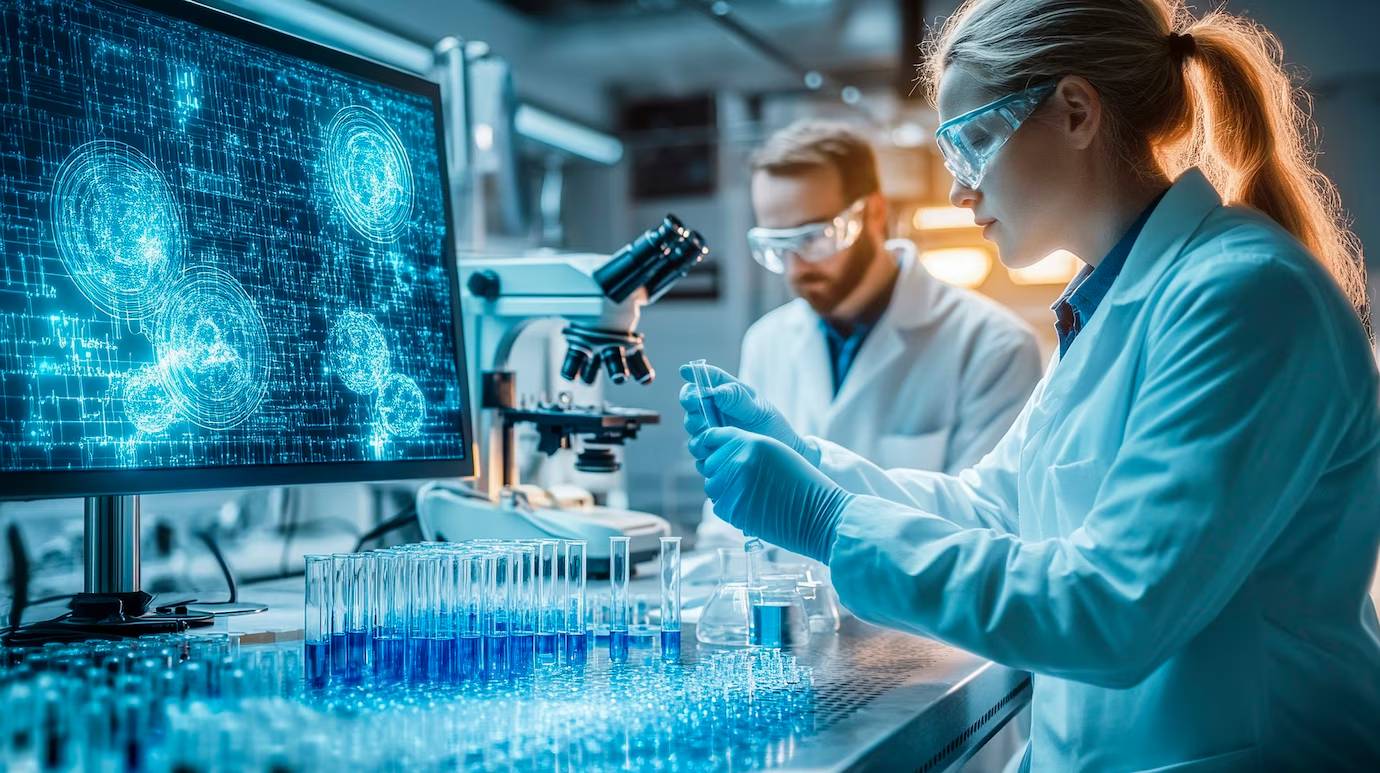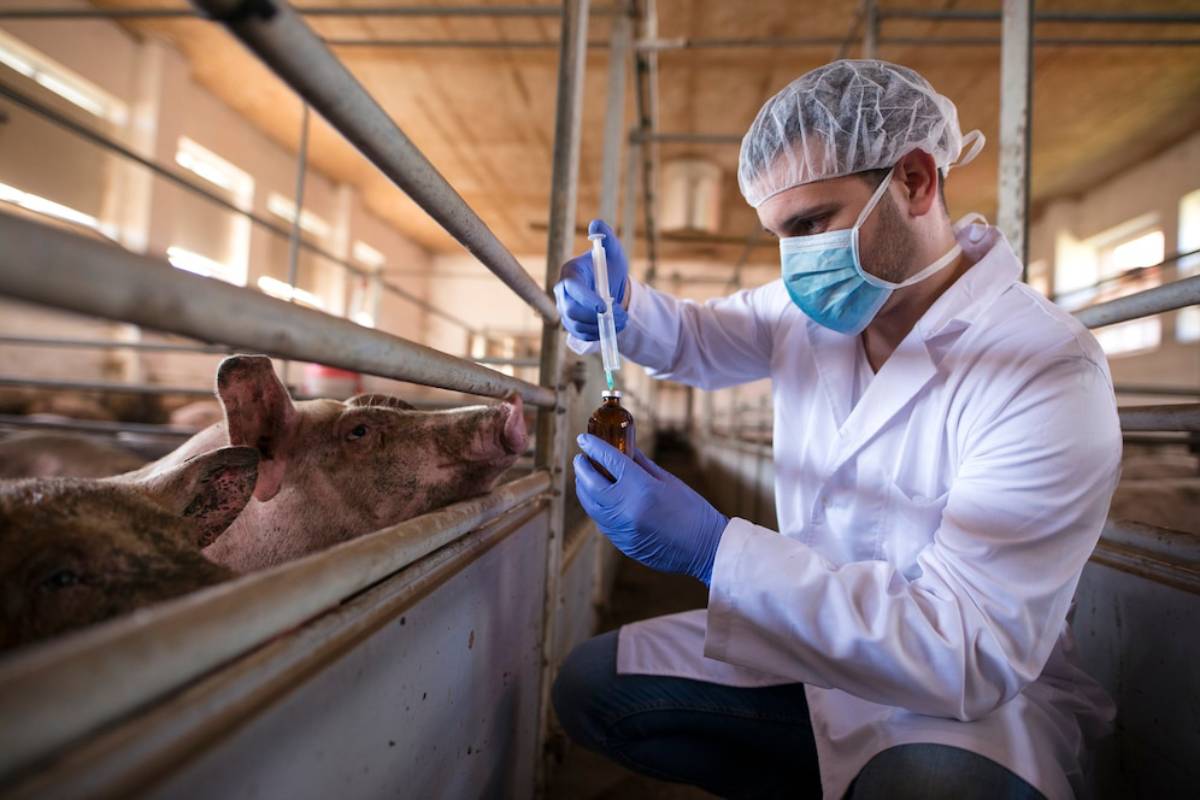
Engineered Bacteria for Carbon Capture: Can Microbes Save the Planet?
As climate change worsens, new ideas are coming from environmental biotechnology. One of the most promising advancements is using engineered bacteria for carbon capture. This new method uses microbes to capture carbon dioxide. It could be a sustainable way to fight global warming. But can these tiny organisms truly save the planet? In this blog, we explore microbial carbon fixation. We also look at how biotech climate tech is changing carbon capture.
Why Engineered Bacteria Matter in Carbon Capture

Carbon capture is seen as an essential way to fight climate change. Traditional methods usually use physical or chemical processes, which can be expensive and require a lot of energy. Engineered bacteria offer a new solution by using nature’s power. These microbes are designed to boost their natural ability. They absorb and convert carbon dioxide into useful compounds, offering a more sustainable and cost-effective option.
Engineered microbial systems work alongside nature, unlike traditional systems that often function alone. They can work at normal temperatures and pressures, which reduces energy use and lowers costs. Bacteria can also be customized for certain environments or emission sources, which helps create targeted carbon management strategies.
This approach is essential because it can easily fit into current industrial processes. Embedding microbial carbon fixation in manufacturing, agriculture, and energy systems cuts emissions at the source. This approach promotes a circular carbon economy. This helps lower CO2 levels in the atmosphere. It also supports global sustainability goals.
The Science Behind Microbial Carbon Fixation
Microbial carbon fixation is when microorganisms convert carbon dioxide into organic compounds. This process is crucial for the Earth’s carbon cycle. It is mainly powered by photosynthetic organisms such as plants and algae. Some bacteria can also fix carbon without sunlight, using chemical reactions instead.
These non-photosynthetic bacteria use chemosynthesis, which involves getting energy from chemical reactions instead of sunlight. Some species oxidise inorganic molecules, such as hydrogen sulfide or ammonia, to gain energy for carbon fixation. This ability allows engineered microbes to be used in places without much light, such as deep-sea vents, underground areas, and closed industrial spaces.
Engineered bacteria take this a step further. Scientists use genetic modification to make microbes better at capturing carbon. Techniques like CRISPR-Cas9 and synthetic biology let us change microbial genomes precisely, helping create strains with better carbon fixation pathways.
Researchers have created strains of cyanobacteria that can fix carbon faster than wild types. These modified microbes can live in various places, such as industrial exhaust and farm soils, making them useful tools in the fight against climate change. Researchers are testing new carbon-fixation pathways that don’t exist in nature, pushing the limits of what microbes can do.
Key Benefits of Biotech Climate Tech
Environmental Impact
The key benefit of engineered bacteria for carbon capture is that it helps the environment. This biotech climate tech helps fight climate change. It reduces the use of fossil fuels and lowers greenhouse gas emissions. The process is sustainable because it uses renewable biological systems.
We can use these bacteria in places with high carbon dioxide, like landfills or wastewater treatment plants. They help turn harmful emissions into safer byproducts. This ability reduces CO2 in the atmosphere. It also cleans up local pollution, offering many environmental benefits.
Economic Advantages
Beyond environmental benefits, microbial carbon fixation offers economic advantages. Integrating these systems into current industrial processes can save costs. It does this by reducing the need for costly carbon capture infrastructure. CO2 can also be turned into valuable products like biofuels and bioplastics. This creates new revenue streams for industries.
This technology creates jobs in biotech, environmental monitoring, and engineering and helps support green economies. These systems are often modular and low-maintenance, so small and medium enterprises find them easier to adopt than traditional carbon capture setups.
Scalability and Flexibility
Another key advantage is the scalability and flexibility of microbial carbon capture systems. Engineered bacteria don’t need big infrastructure like traditional methods do. They can be used everywhere, from small operations to large factories. This adaptability makes it a viable option for both developed and developing regions.
Remote farming communities can use microbes to turn organic waste into useful products. In contrast, urban factories might update their emission systems with microbial scrubbers. This carbon capture model spreads out the technology, making it stronger and more inclusive. This way, more people can join in on climate action.
Expert Tips & Common Mistakes to Avoid
Engineered bacteria can capture a lot of carbon. However, we should remember some best practices and common pitfalls.
Best Practices
- Optimise Conditions: Set the right temperature, pH, and nutrients for microbes. This helps them grow and fix carbon. Failure to maintain these conditions can lead to decreased performance or system failure.
- Monitor Genetic Stability: Check the genetic stability of engineered strains often. This helps stop unintended mutations that may lower efficacy. This involves using tools to track gene expression and strain behaviour over time.
- Integrate with Existing Systems: Collaborate with industry partners to add microbial carbon capture to current systems. This will boost efficiency and impact. Effective integration can lead to process synergies and cost-sharing benefits.
Common Mistakes
- Ignoring Regulatory Compliance: Follow local and international rules for all biotechnological interventions. This helps avoid legal and ethical problems, which can lead to costly project delays or shutdowns.
- Neglecting Public Perception: Talk to communities and stakeholders. Address concerns and clear up myths about genetic engineering and biotech in climate tech. Public outreach and education are essential for building trust and acceptance.
- Neglecting Maintenance Needs: Regular check-ups and maintenance are key for the long-term success of microbial carbon capture systems. Without proper oversight, systems may degrade or underperform over time.
Advanced Insights: The Future of Biotech Climate Tech
The field of environmental biotechnology is evolving. Microbial carbon capture offers a hopeful future. Scientists are finding new ways to boost the power and efficiency of engineered bacteria. Synthetic consortia are groups of different microbes that work together. They might improve carbon capture by mimicking natural ecosystems.
Such consortia can divide labour among microbial species, improving system efficiency and stability. Some microbes take in carbon, while others turn it into useful products. This creates a team effort in metabolism. This division of labour can lighten the load on individual organisms, strengthening the whole system.
New advances in artificial intelligence and machine learning are boosting microbial engineering processes. These technologies allow for quick analysis of genetic data, speed up the creation of new strains, and enhance our ability to predict their performance.
AI platforms can predict how changes in metabolic pathways impact carbon fixation. This helps in designing and improving processes more effectively. They also help optimise deployment strategies. They model interactions in the environment and simulate how the system acts over time in various scenarios.
Collaboration among academia, industry, and government is key. It drives innovation and helps scale these technologies. By building a collaborative ecosystem, we can overcome technical and regulatory challenges and adopt biotech climate tech solutions widely.
Conclusion: Engineered Bacteria for Carbon Capture: Can Microbes Save the Planet

In summary, using engineered bacteria for carbon capture could be a game-changer. This method has the potential to greatly aid in the battle against climate change. Using microbes’ natural abilities, we can create sustainable and cost-effective solutions that fit well with current systems. However, realising this technology’s full potential requires continued research, collaboration, and public engagement.
We should also see how crucial policy support is for boosting the biotech climate technology. Governments can greatly help by offering subsidies, research grants, and carbon credits. These tools encourage innovation and support new ideas. Investing in education also prepares future scientists and engineers, who will help drive progress.
At this point in climate action, we ask: Can microbes save our planet? The answer is in our shared power. We can use environmental biotechnology to create real change. Let’s innovate, work together, and create a sustainable future for future generations.
Join us in the journey towards a greener planet. Discover biotech climate tech and join the global fight against climate change. Together, we can make a difference


